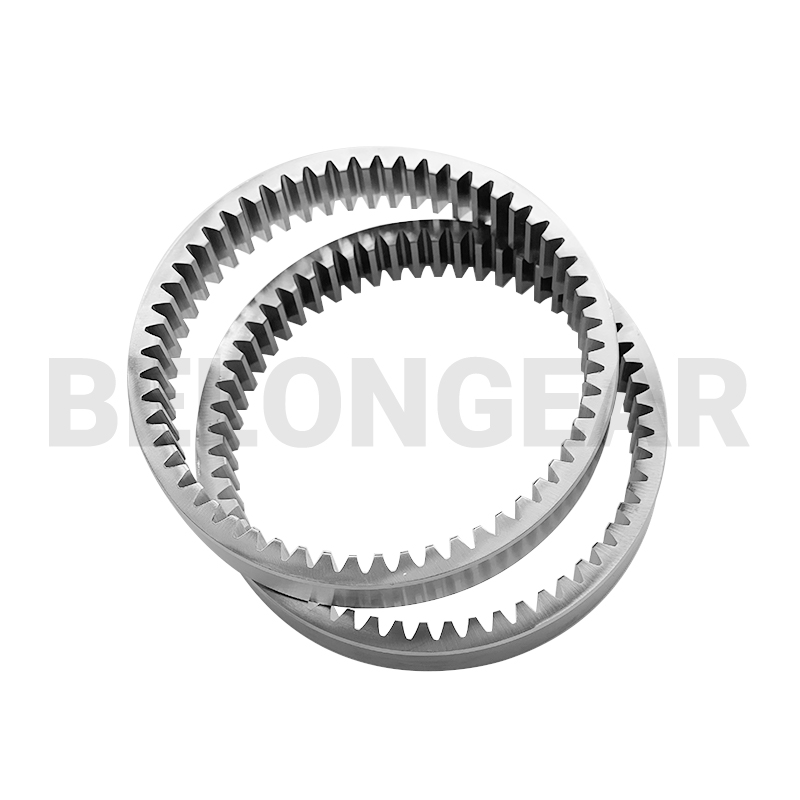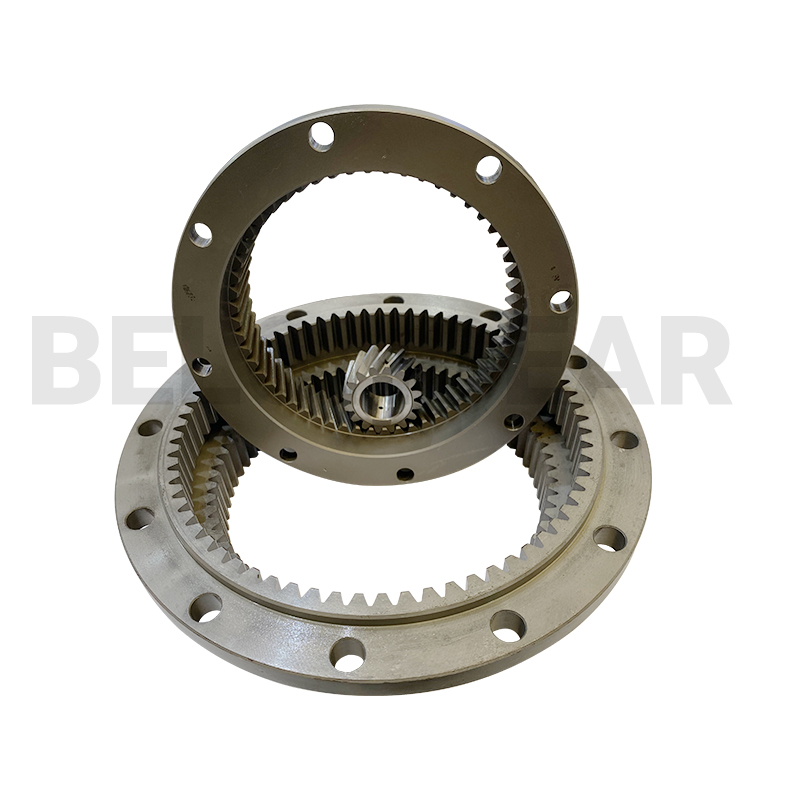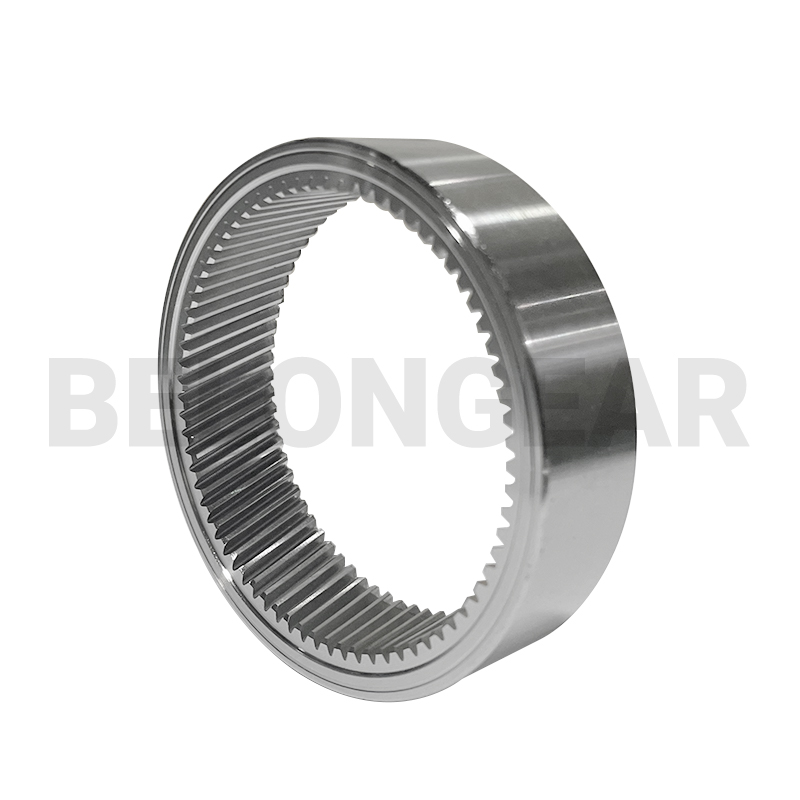How Ultra Low Noise Internal Gears Optimize Industrial Robot Transmission Systems
In the field of industrial automation, precision and efficiency are critical factors in designing transmission systems. Internal gears which are widely used in robotic arms and precision machinery, play a crucial role in ensuring smooth and quiet operation. Ultra low noise internal gears have become increasingly important as industries demand quieter, more efficient robotic systems.

The Importance of Noise Reduction in Industrial Robots
Industrial robots are frequently used in environments where noise pollution is a concern, such as medical laboratories, electronics assembly lines, and cleanrooms. Excessive noise not only affects the working environment but can also indicate inefficiencies in gear transmission, leading to wear and reduced lifespan. Reducing noise in Internal gears improves performance, enhances durability, and ensures smooth robotic movement.
How Ultra-Low Noise Internal Gears Work
1. Optimized Gear Tooth Profiles By using advanced computer-aided design (CAD) and simulation tools, engineers can optimize the tooth shape to minimize friction and reduce vibration. High-precision grinding and honing techniques help achieve smooth tooth surfaces, further lowering noise levels. 2. Advanced Materials and Coatings Modern internal gears use specialized alloys and composite materials with higher fatigue resistance and lower friction coefficients. Coatings such as diamond-like carbon (DLC) or PTFE-based treatments further reduce friction and noise. 3. Lubrication and Noise Damping Mechanisms High -performance lubricants designed specifically for robotic applications create a thin film between gear teeth, reducing metal-to-metal contact and dampening vibrations. Some advanced robotic systems incorporate elastomeric damping components to absorb excess vibrations. 4. Precision Manufacturing Techniques Ultra precise CNC machining and laser cutting technologies ensure minimal deviations in gear dimensions, leading to tighter tolerances and less backlash. Noise testing and vibration analysis during production help detect and eliminate potential issues before the gears are installed in robots.

Benefits for Industrial Robots
- Enhanced Precision: Smooth, low-noise gears allow robots to achieve higher positioning accuracy, which is critical for applications like semiconductor manufacturing and surgical robotics.
- Longer Lifespan: Reduced friction and wear extend the operational life of both the gears and the entire robotic system.
- Improved Energy Efficiency: Less energy is lost to vibration and heat, leading to lower power consumption.
- Better Workplace Environment: Lower noise levels improve operator comfort and meet industry regulations on noise pollution.

As industrial robots continue to evolve, ultra low noise Internal gear will play a key role in optimizing performance, reliability, and energy efficiency. By investing in advanced gear design and manufacturing technologies, companies can achieve quieter, more efficient automation solutions.
Would you like me to refine or expand on any specific section?
Post time: Feb-07-2025




